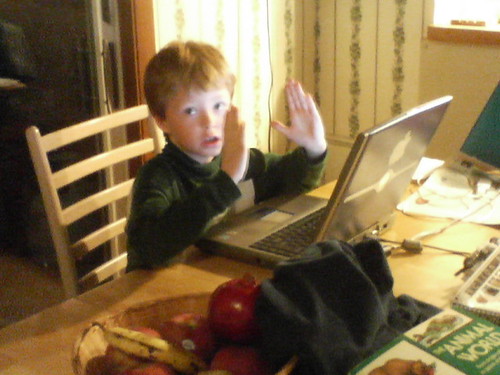Do your kids know what to do if they are approached by a
stranger? Stranger danger is real. Each and every kid must be taught what to do
in case they find themselves in a dangerous situation with strangers. Listed
below are 15 things that you should teach your kids about stranger danger.
Knowing these things can help keep them safe and arm them with information they
need to recognize when a problem exists.
·
Bad
things do happen to children as a result of “strangers.” Make
sure that your children are aware that bad things do happen to children. You
don’t have to go into to detail, but be sure they know that the fairytale world
where everyone is safe is not real.
·
Not all
adults are good people. Most
kids feel that all adults are trustworthy.
Be sure you kids know differently.
Not all adults have their best interest at heart.
·
Some
people are “good” strangers. There
are some adults who are good strangers. You kids do not need to be afraid of
firefighters and police officers who are sent to help them. Stress that people in uniform are often
“good” strangers.
·
If
someone approaches you, walk away immediately. Tell
your kids that they must walk away from adults who try to talk to them who they
do not know. Rule #1 should always be to “DON’T TALK TO STRANGERS.”
·
Don’t
accept food or candy from people you don’t know.
Similarly, accepting food, candy or gifts from strangers can also be very
dangerous. Tell your kids to never
accept these things from people they do not know.
·
If
something seems out of the ordinary, find an adult that you know. You
want to make sure that your child knows what to do if he or she is
threatened. Find an adult that you know
if you are in danger.
· Make
sure you child knows his or her name, address, and phone number. Kids
of all ages should know this crucial information. It can help in case of
kidnapping or other stranger danger situations.
·
Never
walk the streets alone. Stress the importance of the buddy
system. Advise your kids to never walk
the streets alone. Two kids are harder
to lure for strangers than one.
·
Tell
your parents where you are going. Require that your kids inform
you on where they are going. Have them call when they arrive. Keeping tabs on
them can help you become alert if and when there is a problem.
·
Never
approach a strange car.
This one speaks for itself but it must be ingrained in your child’s
mind.
·
Don’t
open the door to someone you don’t know. If your child stays home
alone, he or she should be instructed to never open the door.
·
In
stores, it’s important to stay as close to mom as possible. Abductions
often happen in malls and stores.
Explain the importance of sticking together while in the store.
· Scream
if you feel you are in danger! If your child feels imminent
danger, a scare tactic must be in place.
Tell your child to scream as loud as possible if he feels he is in
immediate danger.
·
Remember
license plate numbers of people you feel threatened by. Getting as much
information as possible will be crucial during those dangerous situations. Coach your child how to get as much
information as he or she can to help catch the person.
· Call
your parents if you feel unsafe. Allow you kids to carry cell phones to make
him feel safer. You will be a phone call away if a problem with strangers
arises or if he feels unsafe. Cell
phones have saved the lives of many children and now make it more difficult to
strangers to get away with crimes.
Above are 15 things that you should teach your kids about
stranger danger that can help save their lives.
Be sure that your children know how handle situations that may
arise. Whether it’s not talking to
strangers or calling you when they feel threatened, knowing what to do will
make all the difference in the outcome.
This article is contributed by 1001 Wall Clocks, an online store
that offers a large range of decorative
modern wall clocks.







